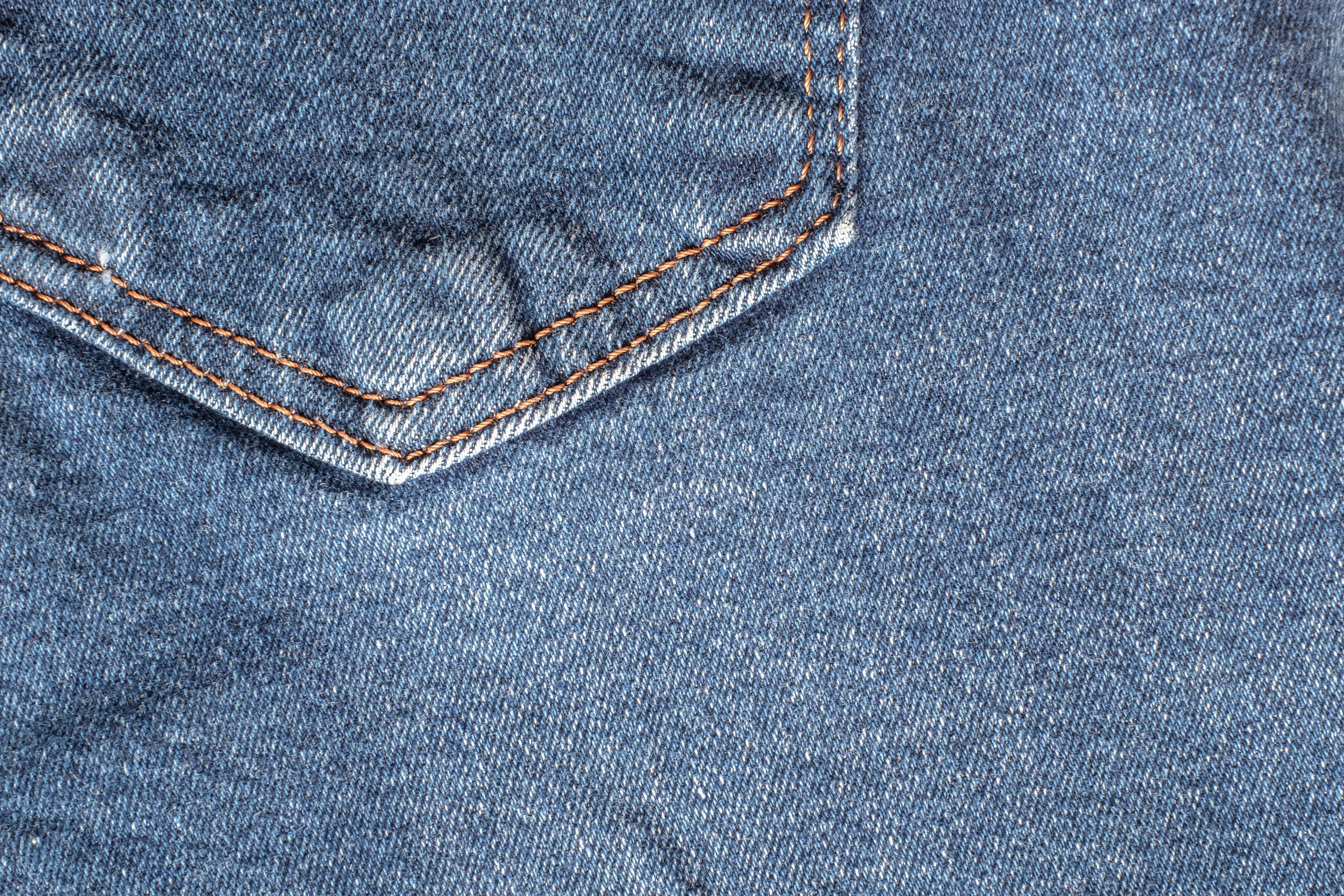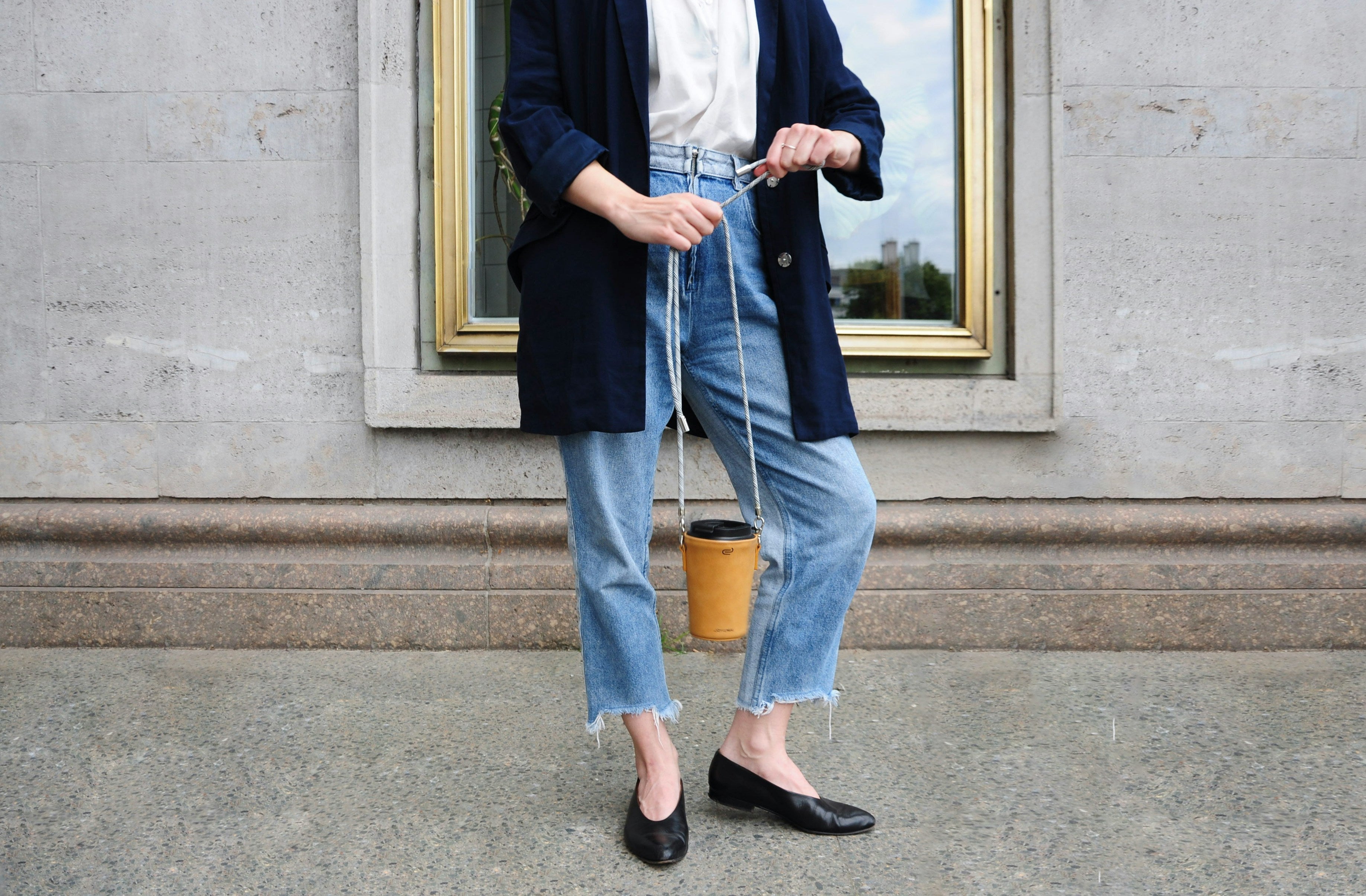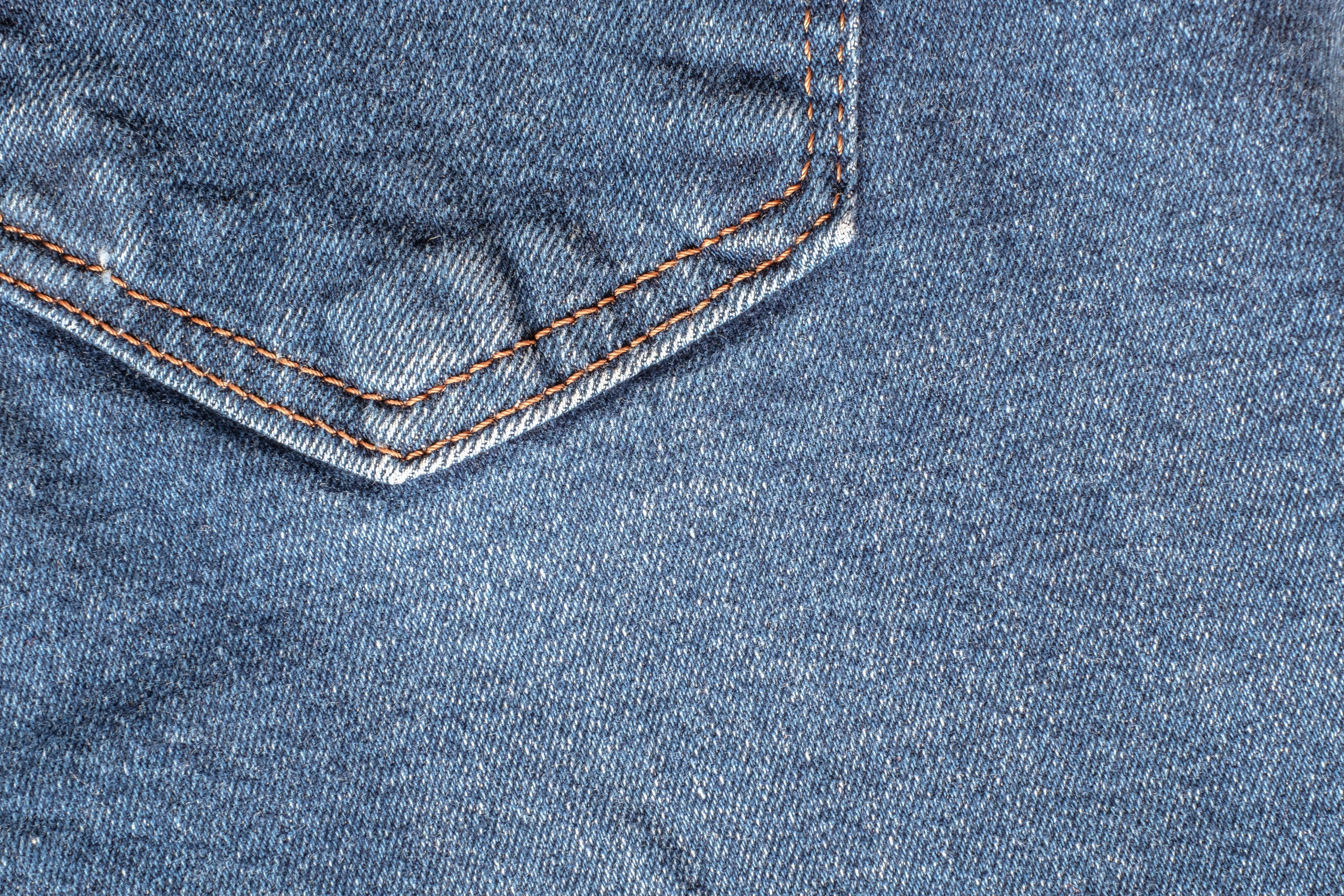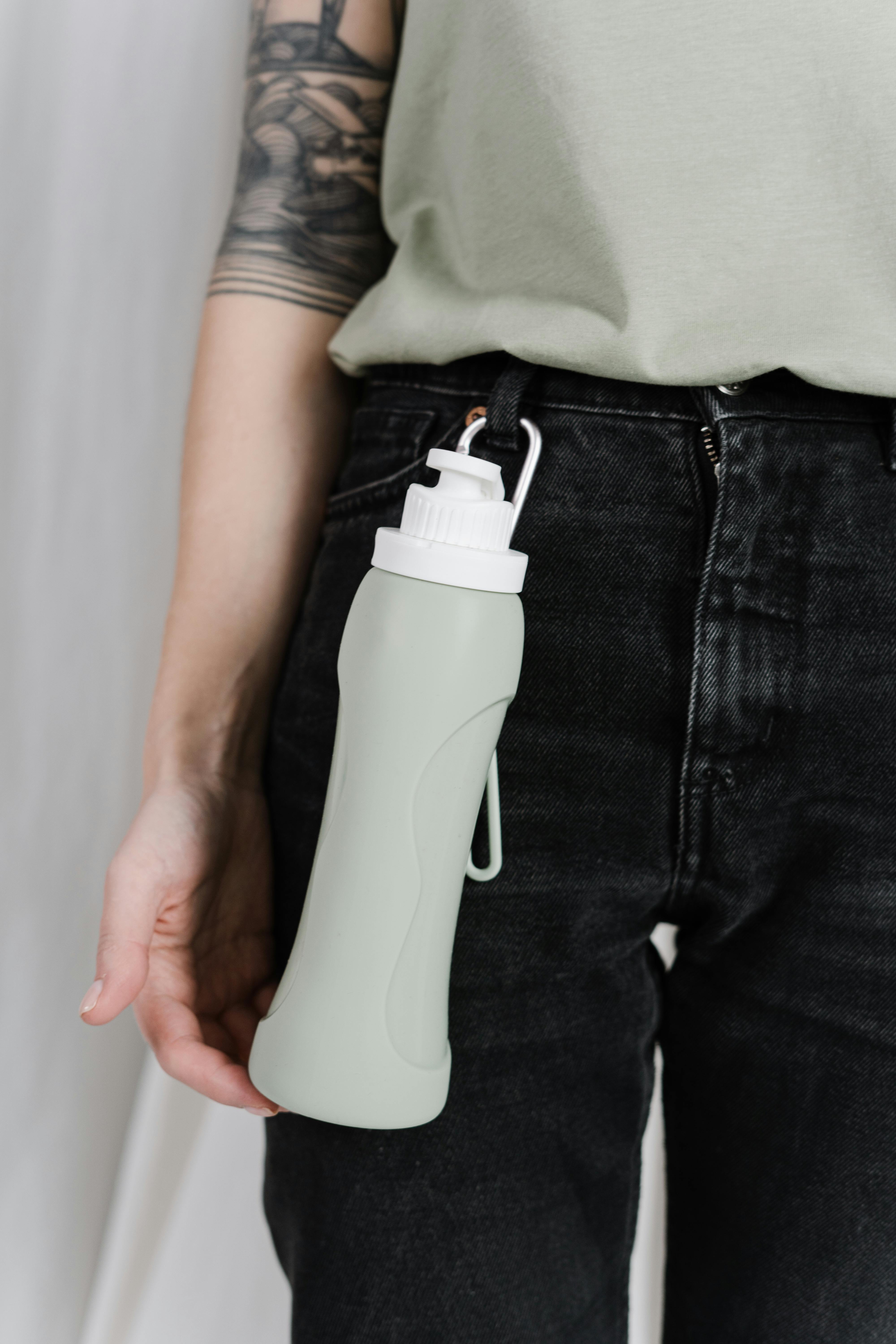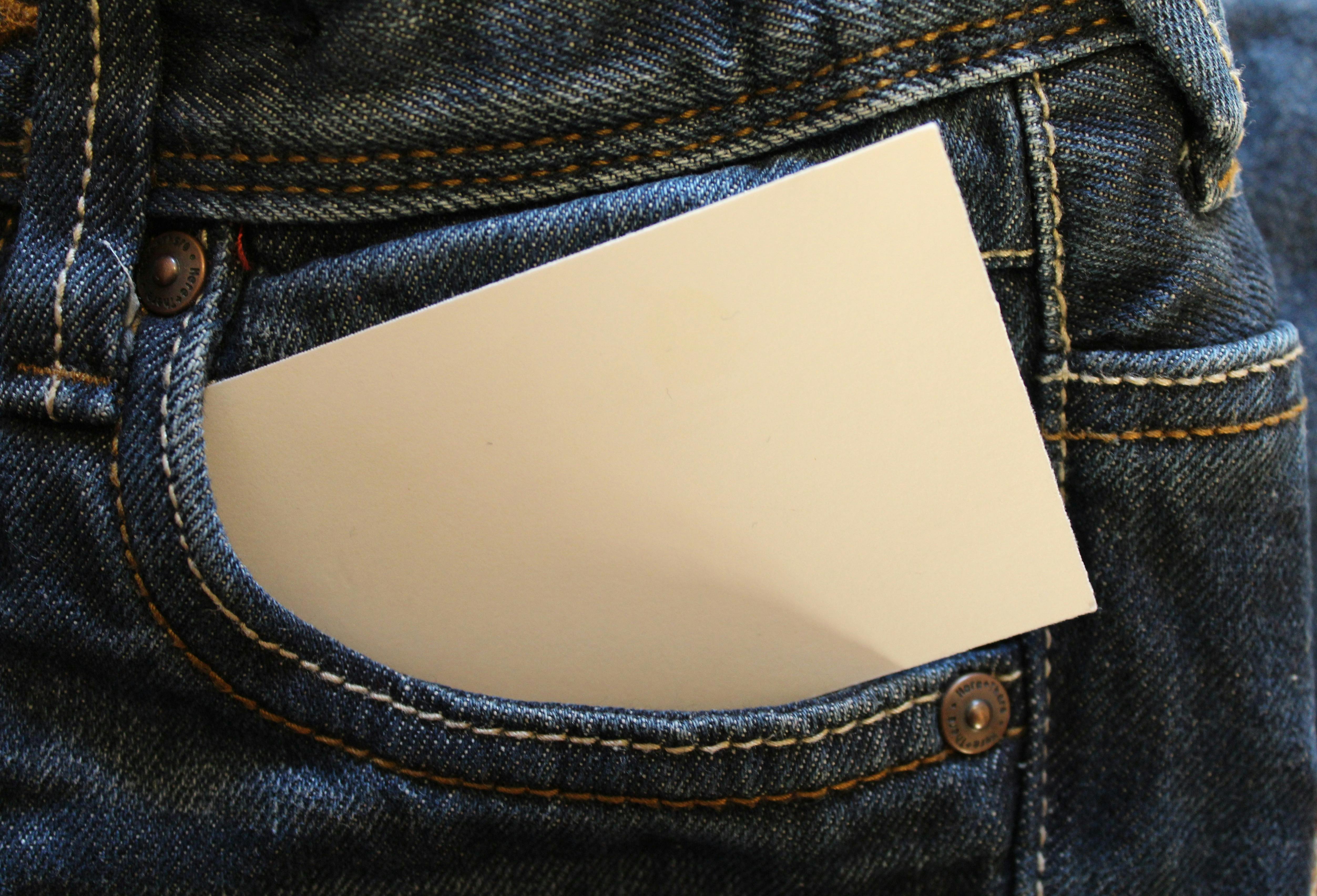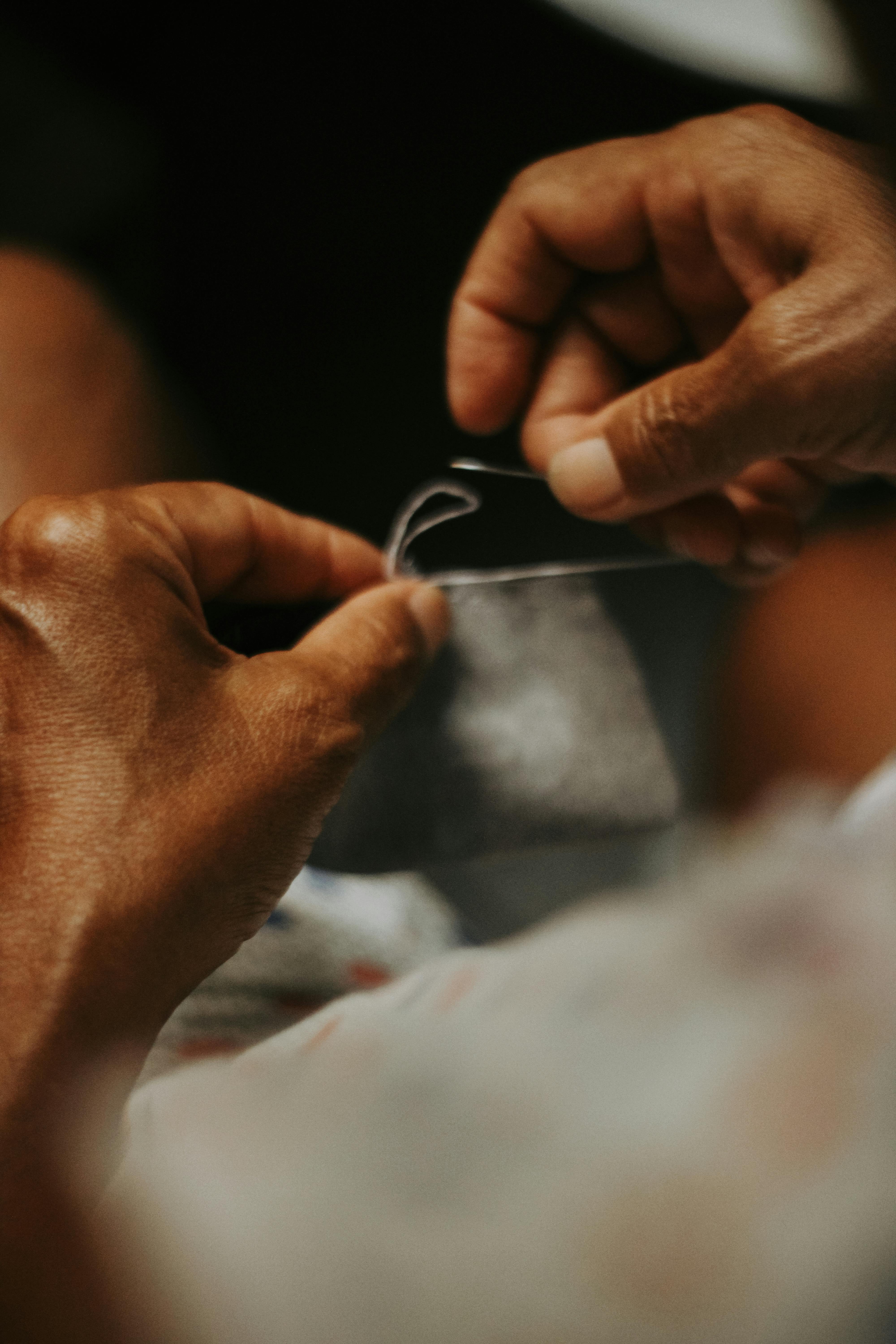
Denim Care Myths Busted
Denim is one of the most versatile and enduring fabrics in the world. Whether it’s classic blue jeans, a denim jacket, or even raw selvedge denim, people love it for its durability, comfort, and style. However, many myths surround denim care, leading to confusion about the best ways to clean and maintain it.
You may have heard that you should never wash your jeans, that freezing them eliminates bacteria, or that vinegar sets the dye permanently. The truth? These are myths that could be damaging your denim instead of preserving it.
This guide busts the most common denim care myths and provides expert-backed advice on how to properly clean, maintain, and extend the life of your favorite denim pieces.
Myth 1: Never Wash Your Jeans
The Myth
A long-standing belief in the denim world is that you should never wash your jeans. The reasoning? Frequent washing supposedly weakens the fabric, fades the dye, and ruins the fit. Some brands even advise going months or years without washing denim.
The Truth
While it’s true that over-washing can lead to fading and fabric wear, not washing at all can cause even bigger problems. Denim traps sweat, skin oils, and dirt over time, which can break down fibers faster than washing them properly. Not to mention, bacteria buildup can cause unpleasant odors and potential skin irritation.
Proper Denim Washing Tips
- Wash every 10-12 wears (or when visibly dirty).
- Turn your jeans inside out to preserve color and reduce wear.
- Use cold water and mild detergent to minimize fading and fiber damage.
- Air dry instead of using a dryer to maintain the fit and avoid shrinkage.
Myth 2: Freezing Jeans Eliminates Odors and Kills Bacteria
The Myth
One of the most popular denim myths suggests that placing jeans in the freezer kills bacteria and removes odors. This idea became mainstream when some high-end denim brands promoted freezing jeans as a “clean” alternative to washing.
The Truth
Freezing jeans does not kill bacteria effectively. Most bacteria responsible for odor can survive at freezing temperatures and will reactivate once your jeans warm up.
Proper Odor Removal Techniques
- Air your jeans outdoors or in a well-ventilated space.
- Use a fabric refresher spray designed for denim.
- Spot clean small stains instead of washing the entire pair.
- When necessary, wash using the gentle cold-water method instead of relying on freezing.
Myth 3: Vinegar Sets Indigo Dye Permanently
The Myth
A widely shared tip suggests soaking new jeans in vinegar to “lock in” the indigo dye and prevent fading. Some also believe adding salt to the wash helps in the same way.
The Truth
While vinegar can temporarily reduce dye bleeding, it does not permanently set indigo dye. Denim dye naturally fades over time due to friction, water exposure, and detergent use. Vinegar might help in the short term, but it won’t stop fading altogether.
How to Preserve Denim Color Properly
- Wash jeans infrequently to slow fading.
- Use a detergent designed for dark fabrics
- Wash jeans inside out to reduce friction.
- Avoid excessive heat and direct sunlight when drying to prevent color breakdown.
Myth 4: Fabric Softeners Make Denim More Comfortable
The Myth
Many people assume that using fabric softener will make their jeans softer and more comfortable.
The Truth
Fabric softeners contain chemicals that coat fabric fibers, making them feel softer in the short term. However, they also break down the fibers over time, reduce durability, and affect the stretch and recovery of denim especially for jeans with elastane or spandex.
How to Soften Denim Without Damage
- Wear your jeans regularly denim naturally softens with wear.
- Use white vinegar in the rinse cycle instead of fabric softener.
- Try a tumble dry (on low) with wool dryer balls to loosen stiff fibers without chemical damage.
Myth 5: All Denim Should Be Washed the Same Way
The Myth
Some believe that all jeans regardless of fabric type can be washed the same way.
The Truth
Not all denim is created equal. Raw denim, selvedge denim, and stretch denim each require different care methods. Washing them incorrectly can cause unnecessary fading, shrinkage, or fiber breakdown.
Best Practices for Different Types of Denim
Raw Denim
- Avoid washing for the first 4-6 months to develop unique fades.
- When washing, use cold water and mild detergent, and soak instead of machine-washing.
- Always air dry to prevent shrinkage.
Selvedge Denim
- Hand wash or use a delicate machine cycle to preserve the integrity of the fabric.
- Avoid excessive wringing, which can distort the weave.
Stretch Denim (Includes Elastane or Spandex)
- Use cold water and avoid high heat to maintain elasticity.
- Lay flat to dry instead of hanging to prevent stretching.
Conclusion: The Right Denim Care for Longevity
There are many misconceptions about caring for denim, but understanding the right cleaning and maintenance techniques will help your jeans last longer, maintain their shape, and age beautifully.
Key Takeaways for Denim Care:
✔ Wash your jeans when necessary, but not too often.
✔ Freezing jeans does not eliminate bacteria.
✔ Vinegar helps reduce dye bleeding, but it won’t permanently set indigo.
✔ Fabric softeners damage denim fibers—use white vinegar instead.
✔ Different denim types require specific care methods for the best longevity.
By following these expert approved tips and busting the myths, you can keep your jeans in great shape for years to come.

